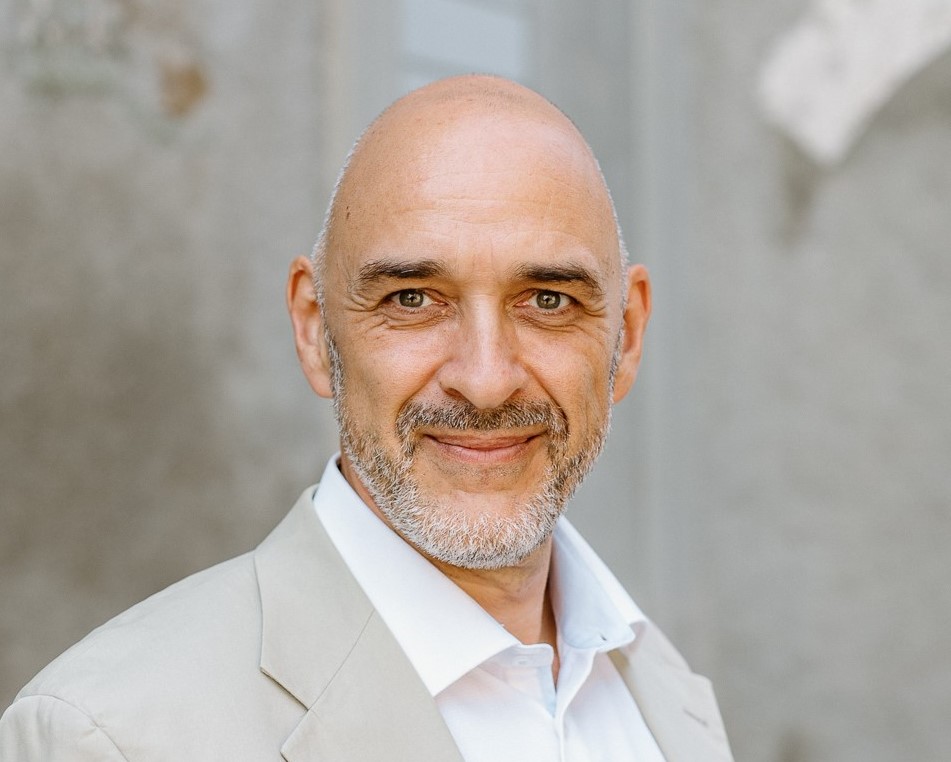
Quantum Thinking in Leadership
How Quantum Thinking, Tesla, and Human Design are Reshaping Leadership and Teams – from Newton to Now
The way we lead, organize, and collaborate is on the brink of a massive transformation. Understanding the future of organizations and leadership begins with exploring the paradigms shaping our reality. The transition from the Newtonian Paradigm to the Quantum Paradigm isn’t just a scientific evolution—it’s a revolution that holds deep implications for how we view human potential, collaboration, and the structure of businesses. This is more than a shift in theories—it’s a shift in consciousness, one that urges us to rethink not just how we operate in business, but how we perceive human nature itself.
Newtonian Thinking: The Old Organizational Blueprint
Rooted in determinism, separatism, reductionism, and materialism, the Newtonian Paradigm mirrored the industrial age: predictable, hierarchical, and mechanistic. It shaped the way institutions were designed—military-style organizations with strict lines of command and linear progression. In this model:
- Leadership operated top-down, with a strong focus on control and predictability.
- Employees were viewed as cogs in a machine, with defined roles and limited autonomy.
- Success depended on measurable inputs and outputs, often ignoring the emotional or energetic landscape.
- Problems were broken down into parts and addressed individually, rather than holistically.
- Innovation was slow, risk-averse, and often discouraged in favor of compliance.
While this model brought tremendous progress during the industrial and post-industrial eras, it is ill-equipped to handle today’s complexity, ambiguity, and pace of change. In a global, interconnected, and rapidly evolving business environment, such rigidity stifles creativity, collaboration, and responsiveness.
Quantum Thinking: The Emergence of a New Model
Enter the Quantum Paradigm—a worldview defined by complementarity, context, consciousness, and connection. As Thomas Kuhn stated,
All significant breakthroughs are breaks with old ways of thinking.
Quantum thinking suggests that reality is not linear or isolated, but instead fluid, entangled, and responsive. This new thinking changes everything:
- Teams are seen as dynamic, evolving ecosystems that influence and are influenced by their environment.
- Leadership becomes a conscious act of stewardship, not control. Leaders cultivate environments where potential can emerge naturally.
- Decision-making includes intuition, emotion, and energy, honoring the invisible forces that drive behavior.
- Culture values synchronicity, resonance, and emergent potential rather than top-down direction.
- Trust, empathy, and coherence are considered powerful organizational currencies.
This shift parallels the wisdom of Nikola Tesla:
“If you want to find the secrets of the universe, think in terms of energy, frequency and vibration.”
In this paradigm, we begin to understand that workplaces are vibrational fields—energy centers where people, emotions, and intentions collide and co-create. Leaders and organizations of the future are beginning to tune into these frequencies—literally and figuratively—by embracing practices like mindfulness, emotional intelligence, energetic alignment, and nonlinear planning.
Human Design: The Blueprint of Energetic Leadership
Human Design offers a bridge between ancient systems and modern science. Rooted in quantum insights, epigenetics, and energy mechanics, it combines astrology, the I Ching, the chakra system, the Kabbalah, and quantum physics to deliver a unique map of how individuals are wired to operate in the world. In a world where Max Planck emphasized consciousness as the foundation of reality, Human Design proposes that we each have a unique energetic blueprint that, when understood and honored, can radically improve how we lead and collaborate.
One example is a Marketing & Sales team in Switzerland that I worked with. Hiring a new team lead based on the energetic fit for the existing team. As a result, the team reported improved communication flow, fewer conflicts, and a noticeable increase in creativity, productivity and sales within just two quarters.
In this new model:
- Leaders align with their energetic strengths, letting go of the need to “fit” into old molds. They embody authenticity rather than mimic outdated leadership styles.
- Teams are formed based on energetic compatibility and complementary strengths, creating coherence and flow.
- Decision-making follows natural inner authority rather than external pressure, reducing resistance and burnout.
- Strategy becomes individualized, yet synergistic, respecting each person’s timing, rhythm, and energy flow.
- Burnout is replaced with sustainability, effort with alignment, and control with flow.
Human Design brings a deep level of self-awareness and self-permission into the workplace. It in-powers (an I intentionally use in-power instead of empower) individuals to show up as their true selves rather than conforming to generalized expectations. It helps teams appreciate diversity—not just in culture or experience, but in energy, behavior, and purpose.
The Future of Leadership and Organizations
Imagine an organization where meetings aren’t held just because it’s Monday, but because the energy is right for collaboration. Where a Manifestor initiates a bold vision, a Projector guides the execution with insight, Generators sustain the momentum, and Reflectors mirror the health of the environment. This isn’t utopian fantasy—it’s a practical, energetic redesign that acknowledges the strengths of every type and places them in their ideal context.
In this future:
- Consciousness is the currency of innovation. Leaders and teams are trained not just in strategy but in self-awareness and resonance.
- Frequency management (rest, emotional alignment, intuitive strategy) becomes part of performance management. Alignment becomes as important as achievement.
- Organizational charts are flexible, evolving, and holographic rather than hierarchical. Teams form and dissolve organically, based on energetic needs and mutual purpose.
- Leaders are valued not for control, but for coherence. The ability to stabilize emotional climates, hold vision, and inspire trust becomes the new gold standard.
- Feedback loops are intuitive and immediate, often guided by energetic shifts rather than quarterly metrics.
Businesses that adopt this model are already seeing better engagement, deeper loyalty, and higher creativity. They are also better equipped to adapt to the
FUTURE OF WORK – decentralized, purpose-driven, and human-centric.
Final Thoughts
As Tesla, Planck, Kuhn and others hinted,
WE ARE ENERGETIC BEINGS IN AN INTERCONNECTED FIELD. Full stop.
The shift from Newtonian to Quantum thinking reflects our readiness to lead with resonance, collaborate with coherence, and design with consciousness. Human Design is not just a personal tool; it’s a roadmap for the organizations of tomorrow.
It’s time to break with old ways of thinking—just as Thomas Kuhn suggested all breakthroughs require—not just to evolve, but to truly transform. To recognize that we’re not just managing tasks, but stewarding frequencies. To see that leadership is not about force, but about flow.




0 Comments